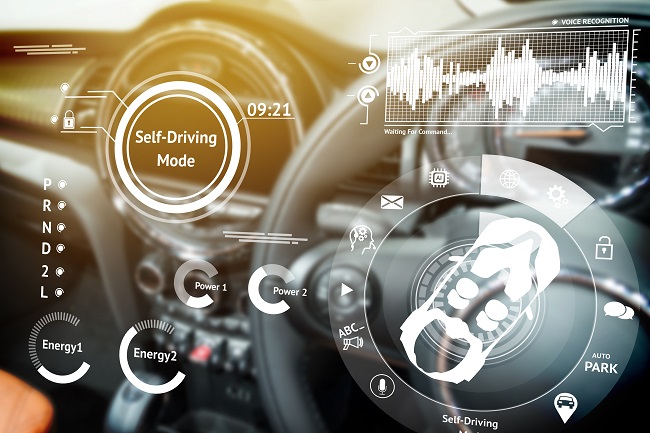Autonomous Vehicles: What’s New?

How is a driverless car like an assembly line? They both have the power to revolutionize the role of cars in society. Let’s take a look at what’s new in the world of autonomous vehicles (AVs).
Increased safety: a believable prediction?
According to Senator Gary Peters of Michigan, driverless cars could transform an industry that’s stayed largely the same since the dawn of the assembly line, when mass production unleashed a tide of cars upon the world.
He also reiterated a familiar talking point for driverless cars, saying they could “save hundreds of thousands of lives each year.” On that point, Science Mag raised questions. “Such predictions … turn out to be based on surprisingly little research,” contributor Jeffrey Mervis said.
Because “it’s hard to study something that doesn’t yet exist,” Mervis said, “the void has been filled by speculation—and starkly contrasting visions of the future.” There’s the utopian view, where “fleets of cheap, accessible AVs offer rides at the tap of a screen,” and the dystopian view, where people rely on cars more than we already do, “increasing congestion, energy consumption, and pollution,” among other troubles.
As for safety, time will tell whether or not connected cars can deliver on the promise to reduce collision fatalities by 75 or even 90 percent.
Connected cars and the waiting game
In the meantime, Mervis said, true “autonomous driving is still decades away.” One reason is that cities aren’t ready for them. According to James Titcomb at the Telegraph, “Ford has called for major cities to be rebuilt to cope with the rise of driverless cars.”
Tall order? Perhaps — but optimistic at heart. The automotive manufacturer’s CEO Jim Hackett envisions urban centers with fewer parking lots (since connected cars could be summoned at need) and wider roads where cars and cyclists coexist.
But driverless cars may not need to wait for cities to be reinvented, according to the NY Times. In fact, General Motors recently submitted a petition to the United States DOT, asking to put fully autonomous cars on the road as of next year, to be used at first in a ride-hailing service operated by G.M.
BlackBerry makes a comeback
You remember BlackBerry, right? The wireless two-way pager made a splash in 1998, positioning its company to become “a pioneer and leading light in the smartphone market.” Tech Radar described the middle of the next decade as “the BlackBerry craze.” The device was so popular, tech-forward President Obama pushed for special permission to bring his personal BlackBerry to the White House.
The company hit a financial record in 2011 with an estimated worth of £49 billion. But it took a rocky descent from there, with the release of an unpopular tablet, some bad publicity related to UK riots, severe outages followed by unsatisfactory compensation attempts, and the delays surrounding BlackBerry 10, which was released more than a year past due.
Suffice it to say that BlackBerry has been on the brink of survival for the last several years. But that might be about to change.
“BlackBerry started 2018 off with a bang when it inked a deal … to jointly develop self-driving car technology,” reported TU Automotive. The Chinese Internet giant Baidu is developing an open source driving platform for autonomous cars, which will run on the QNX operating system by BlackBerry. The deal seems well received: when news broke, BlackBerry shares jumped 13 percent.
So, what’s next in the future of autonomous vehicles? We’ll be watching. Keep in touch for more connected car news, and update your policy administration software now, so you’re ready to keep pace with the inevitable change ahead. Request a demo to learn more about how Silvervine Software can help.
